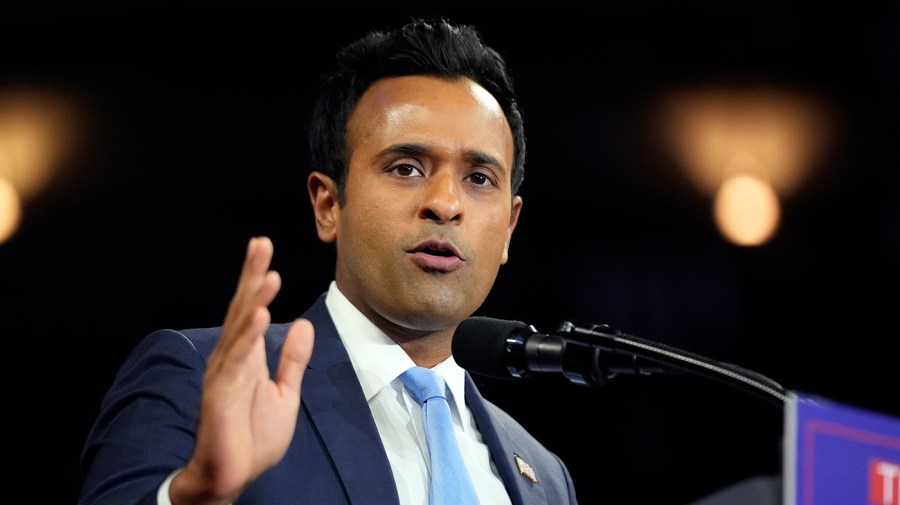
As AI agents move from concept to colleague, the life sciences workforce is about to expand – no desks required.
While much of the activity is still in testing phases, AI agents are already making a difference in specific, high-return areas. AI is being used for processing and sorting pharmacovigilance (PV) reports, drafting medical and regulatory documents, assisting with lab operations, inspecting product quality, and helping employees find internal information.
The coming year will see adoption jump further, from hero projects to accessible business-ware as AI agents start to appear in everyday platforms and tools.
Sanofi, for example, has proven to be prolific in leveraging AI agents across the business with platforms like Concierge, its internally hosted AI companion helping workers navigate daily tasks. Other examples include ArisGlobal’s LifeSphere NavaX, which leverages AI automation in adverse event and safety-case processing for its customers. Veeva Vault CRM is launching an embedded CRM Bot in late 2025 that provides engagement planning.
With new digital teammates taking on increasingly complex tasks, organizations will have to rethink traditional workforce structures. AI agents will enhance a broad array of functions, automating routine work and introducing AI-driven roles including entirely new org positions like Chief AI Officer (CAIO), human-AI interface specialists and AI team leaders.
Anticipating new roles and new ways of working
According to research, over the next decade, the advancement of AI will affect 90% of jobs in some way. Generative AI is expected to boost U.S. GDP to more than $1 trillion by 2032.
The most profound challenge in integrating AI agents into human teams is the mindset shift required. Leaders must communicate transparently with employees about how these changes will affect their roles as agents augment human work.
Here at least 10 new digital roles for AI agents in life sciences, in areas including:
Clinical trial management. Clinical operations will benefit from AI support for the planning, execution, and monitoring of clinical trials. We’ll see AI clinical trial managers that can coordinate trial activities and monitor site performance in real time, proactively identifying operational risks. Other roles will include agentic clinical data managers to streamline data validation and reconcile discrepancies across systems, ensuring audit readiness. Helpful digital clinical research coordinators will coordinate day-to-day trial activities, recruit and screen participants and monitor adherence to protocols. A regulatory affairs navigator might tackle complex, evolving compliance requirements, flag risks and compile relevant documentation.
Science and technical expertise. These roles will help support everything from discovery to design. A biostatistician agent can perform adaptive analyses, model endpoints, and visualize trends. A digital bioinformatics scientist could process data, identify biomarkers, and extract insights. A digital bioengineer might design prototypes, flag anomalies, support documentation.
Writing, maintenance, and sales. Across the enterprise, AI agents will contribute in a variety of newly imagined ways. AI medical writers will auto-generate first drafts of protocols, prepare submissions and summaries, and make revisions based on human feedback. Agentic medical equipment technicians will be able to predict maintenance and guide repairs. In sales, digital sales reps will surface insights, personalize materials, and automate outreach.
Collectively, these agentic AI roles will increase operational efficiency and empower human workers to focus on higher-value, strategic activities.
Supporting the transition
There’s not yet a need to merge major functions like HR and IT, but scaling these new roles requires a plan. A blended model involving HR, IT, and functional leaders in a cross-disciplinary team can bring together digital expertise, domain knowledge, and organizational insight.
To support the transition, organizations should provide training on human-AI collaboration and create meaningful channels where employees can voice concerns and suggestions.
The following are several considerations as organizations train and integrate AI agents into workflows, including measuring performance and ensuring ethical oversight.
Training and onboarding AI. Onboarding involves configuring agents to understand domain-specific data, workflows, and compliance requirements. Just as a human employee benefits from personal development, AI agents learn through reinforcement and feedback loops. A dedicated team can help think through these processes, as well as underlying policies in areas like computing resources and ethical guidelines.
Evaluating performance. Performance metrics for AI agents differ from those used for humans but they need to be equally rigorous, especially when it comes to key indicators like accuracy and reliability. Measurement should include how often the agent produces correct outputs and makes sound decisions. Efficiency gains in terms of reduced time, cost, or resource use in an agent’s assigned tasks should also be considered, along with tracking how well an agent operates within regulatory and ethical boundaries.
Meeting ethical and governance challenges. Managing non-human workers introduces complex governance demands, particularly around accountability, transparency, and bias prevention. When AI agents make mistakes, organizations must have frameworks in place to assign responsibility and ensure decisions are traceable and explainable. Life sciences leaders should define oversight roles, implement audit trails, and enforce ethical boundaries.
The future of life sciences lies in smarter ways of working
As we look ahead, developing smarter ways of working together will be just as important as adding these smarter machines to workplaces. The goal is not to replace humans, but to build hybrid teams where human and artificial intelligence works in harmony to deliver better outcomes.
About Bryan Hill
Bryan Hill is an accomplished technology executive with extensive experience in digital health and innovation within the Life Sciences sector. Currently serving as Life Sciences Digital Health & Innovation VP at Cognizant, he oversees digital health services and the integration of emerging technologies to enhance Cognizant’s offerings. Prior, Bryan held leadership roles at Cadient Group, AvticeStrategy and IQ Group.














